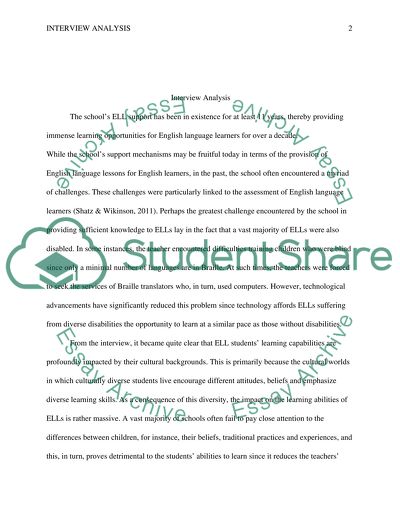Cite this document
(“Interview Analysis Essay Example | Topics and Well Written Essays - 1000 words”, n.d.)
Retrieved from https://studentshare.org/education/1466885-interview-analysis
Retrieved from https://studentshare.org/education/1466885-interview-analysis
(Interview Analysis Essay Example | Topics and Well Written Essays - 1000 Words)
https://studentshare.org/education/1466885-interview-analysis.
https://studentshare.org/education/1466885-interview-analysis.
“Interview Analysis Essay Example | Topics and Well Written Essays - 1000 Words”, n.d. https://studentshare.org/education/1466885-interview-analysis.


